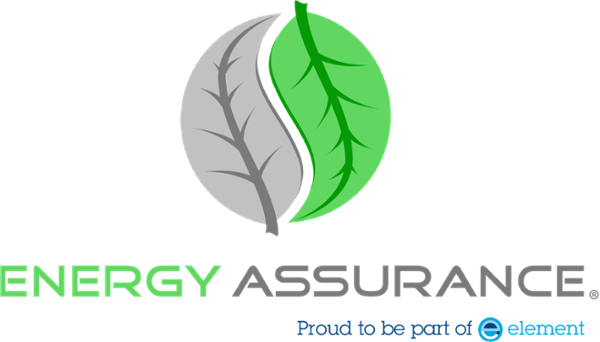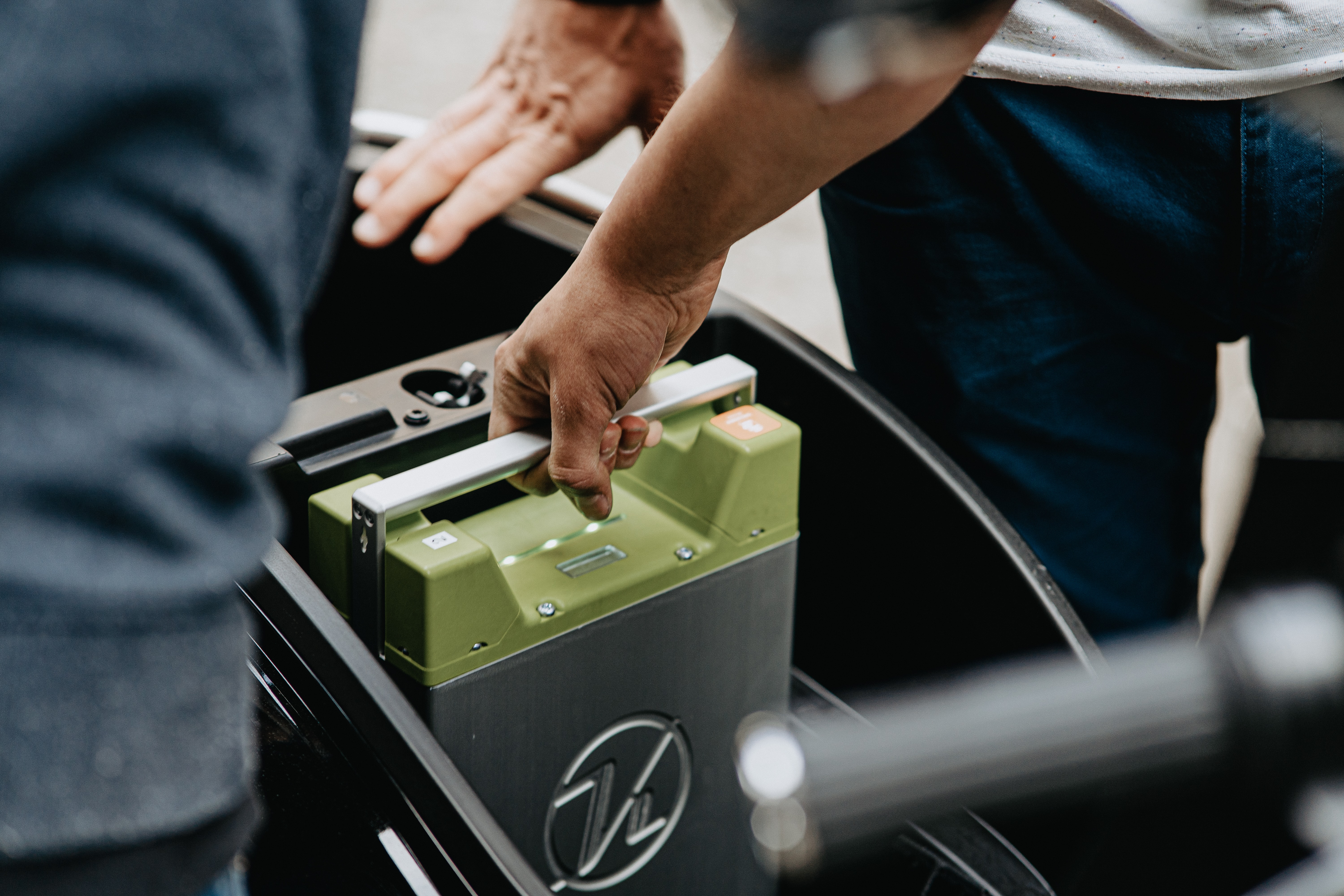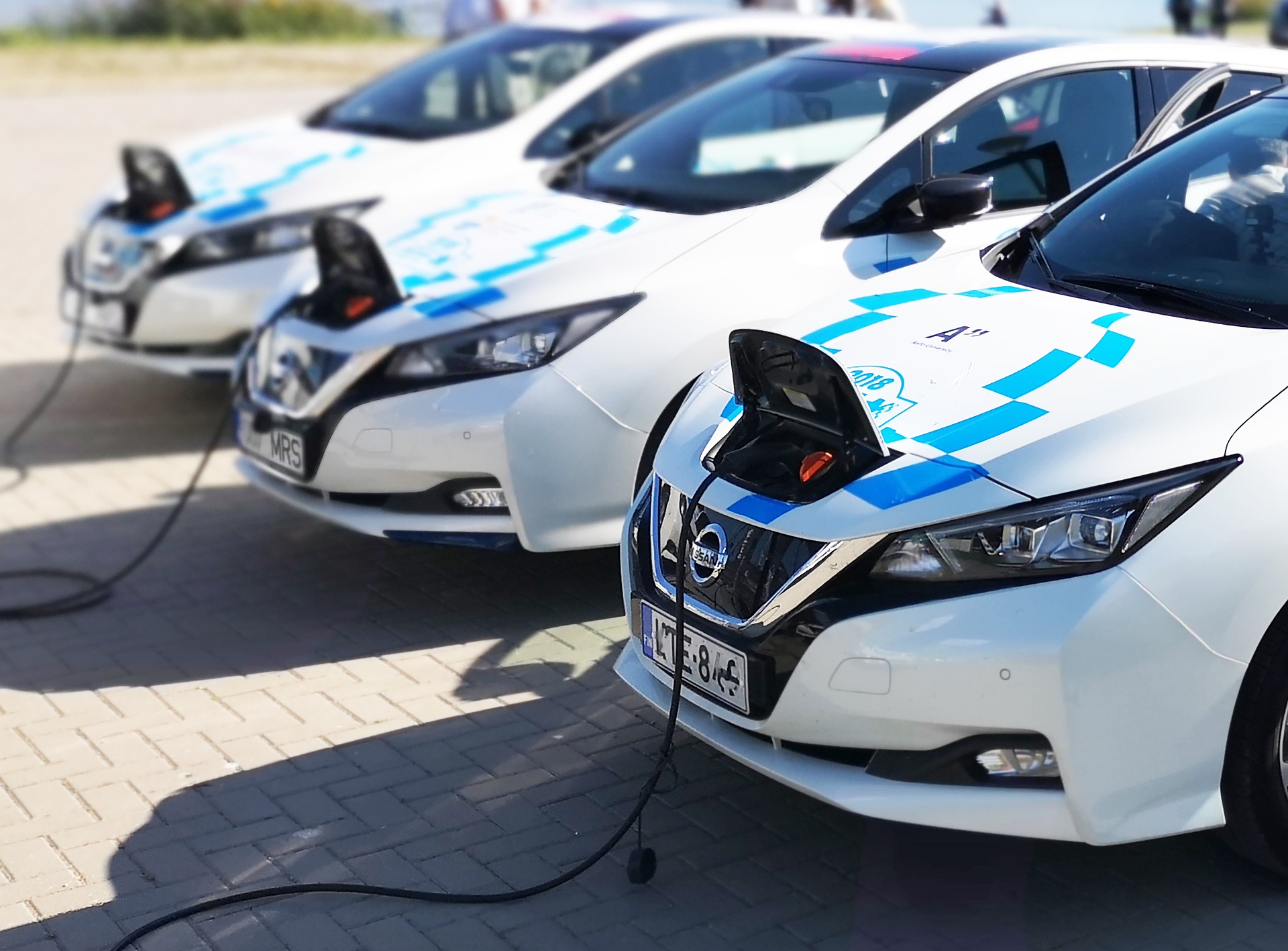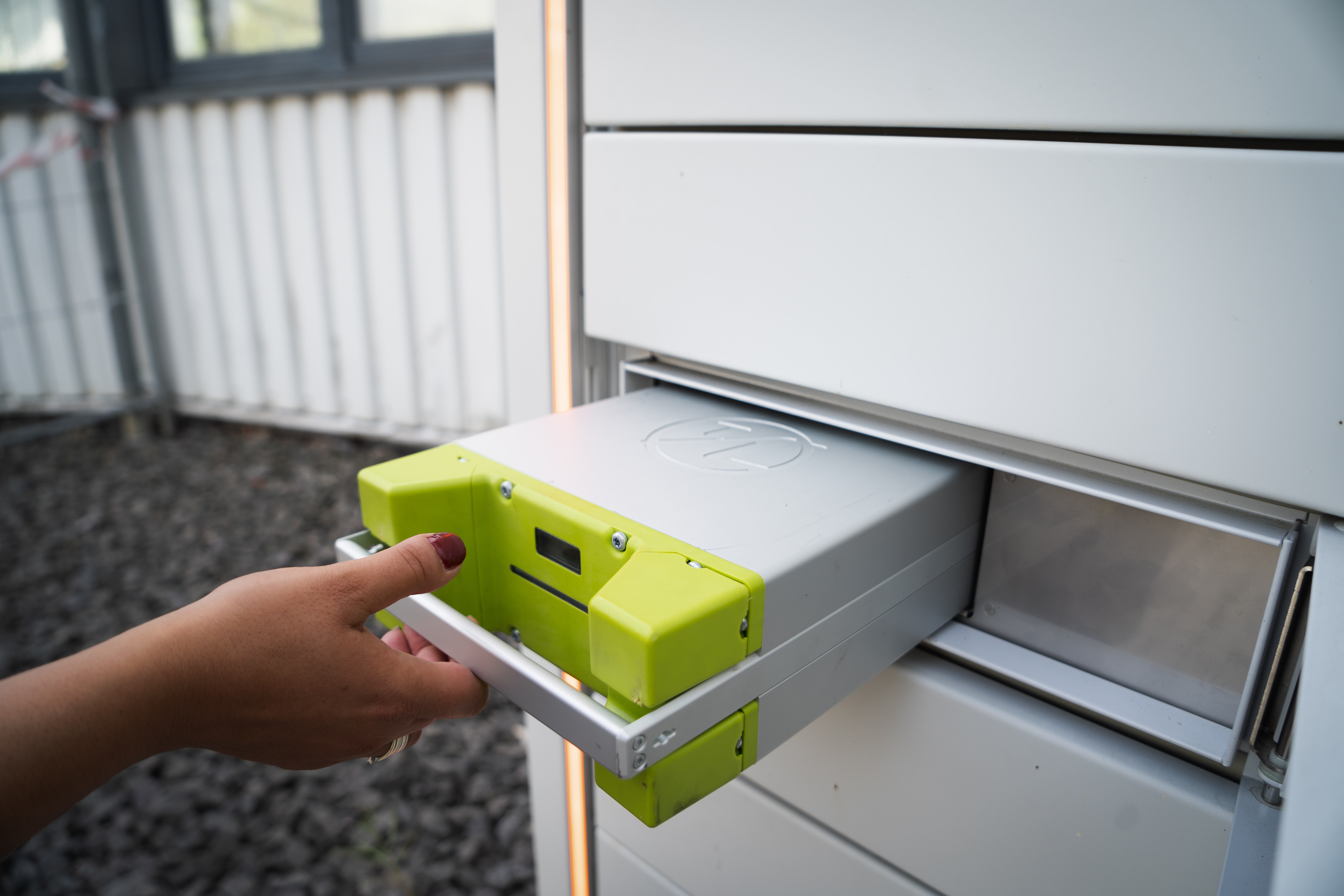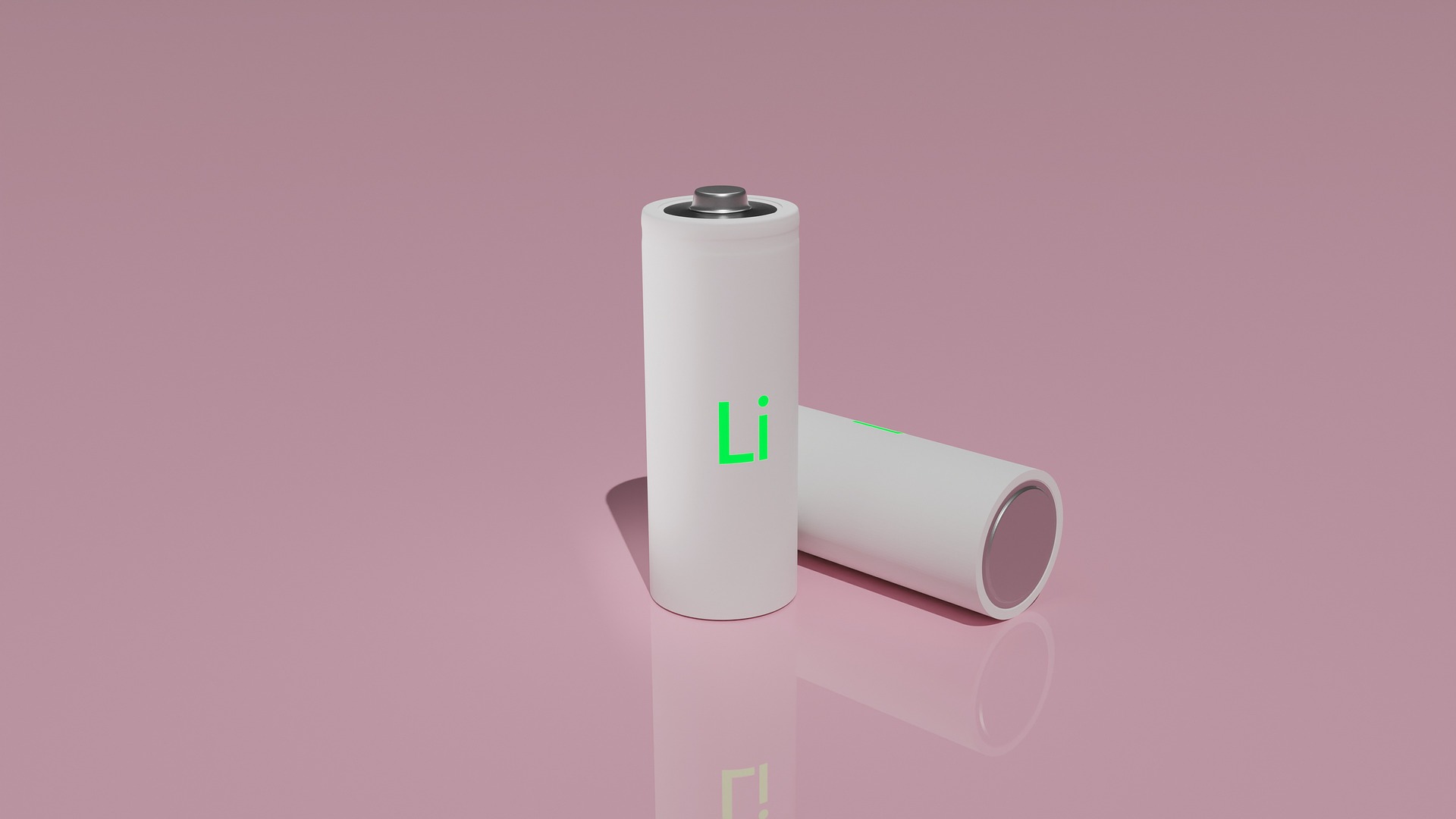
The battery market for automotive, consumer electronics, medical devices, and more lives and breathes the lithium-ion battery, which has the best energy density currently available in commercial mass production.
However, this technology has its limits. Li-ion batteries can be heavy, require sizable cooling systems (20% of the battery pack in an EV), rely on rare earth metals like lithium and cobalt, and have an upper Ampere limit that can cause dangerous spontaneous overheating.
Research is ongoing on the next generation of battery chemistries that will compete with — and perhaps overtake — lithium ion in the near future. Here’s a peek at five emerging chemistries that have the attention of the battery market. Some have been studied for a while, but are gradually growing closer to commercial viability and production prototypes.
1. Cobalt-Free Lithium-ion
This one is an incremental improvement of existing Li-ion technology. University of Texas researchers have been hard at work developing an alternative that does not use the least abundant and most expensive component of today’s battery cathodes: cobalt. Instead, their cathode is mostly nickel (89%) as well as manganese and aluminum. This battery tech isn’t production-ready, but research has already overcome several common obstacles and demonstrated good battery life as well as an even distribution of ions.
2. Silicon Lithium-ion
The graphite anodes of current lithium-ion batteries perform well, but also offer plenty of room for improvement. Silicon, for example, has ten times the capacity of graphite. The issue so far with silicon anodes has been volume expansion during charge and discharge, severe capacity losses over time, and interactions between the silicon anodes and liquid electrolytes.
These issues are being addressed in a few different ways. Researchers at the University of Eastern Finland have developed a hybrid anode that includes mesoporous silicon microparticles (from sustainably-produced barley husk ash) and carbon nanotubes. Scientists at the University of California Riverside are using sand, which can be purified, powdered, and heated to remove oxygen and result in pure silicon. Sand batteries would be easier to produce in large quantities. Other research has pursued sulfide-based solid electrolyte with an all-silicon anode.
3. Aluminum-ion
Graphene Manufacturing Group (GMG) out of Brisbane, Australia, has been working on graphene aluminum-ion battery cells that charge as much as 60 times faster and hold 3 times as much energy as the best lithium-ion cells. In addition to these benefits, they don’t overheat like lithium-ion chemistries, potentially eliminating another 20% of wasted space in a lithium-ion EV battery pack. Aluminum-ion automotive pouch cells could roll out to market as early as Q1 2024.
4. Lithium Sulfur
The lithium-sulfur battery chemistry is well along in research. Researchers at Monash University have fabricated the battery, have patents, and indicate that manufacturers are already interested. Advantages include a reduced environmental impact vs. Li-ion, lower manufacturing costs, and increased energy density. A lithium-sulfur battery could power a smartphone for 5 days or an EV for 620 miles on one charge.
5. Sodium Sulfur
Sodium sulfur battery tech is not a new idea — research has been ongoing since the 1980s — but the technology is improving to the point where it may become a viable (and much cheaper) alternative to lithium. The concept uses salt, the 6th most common element on earth, to replace the rare element lithium and create a battery that’s up to seven times more efficient than conventional batteries, but costs far less to make.
Engineers at the University of Texas at Austin have solved one of the major obstacles that have prevented sodium-based batteries from being commercially viable. The common issue with sodium sulfur batteries is dendrite formation (the growth of needle-like structures on the anode that lead to degradation, short circuits, or even battery fires). Prior sodium-sulfur designs allowed intermediate compounds formed from sulfur to dissolve in the liquid electrolyte. This new version prevents the sulfur from dissolving by diluting a concentrated salt solution with an inert, nonparticipating solvent, eliminating dendrite problems
Commercial production of sodium-ion batteries for applications like smartphones and eventually EVs could begin in the next 5-10 years.
Get Your Battery Technology Into Testing and Get to Market
Energy Assurance has the capability and experience to work with these emerging technologies in the battery market and design custom procedures to fit your project’s needs. If you need safety testing, engineering analysis, or performance benchmarking for your batteries, turn to the leading independent battery testing laboratory in the United States. Get in touch and arrange a consultation today.
